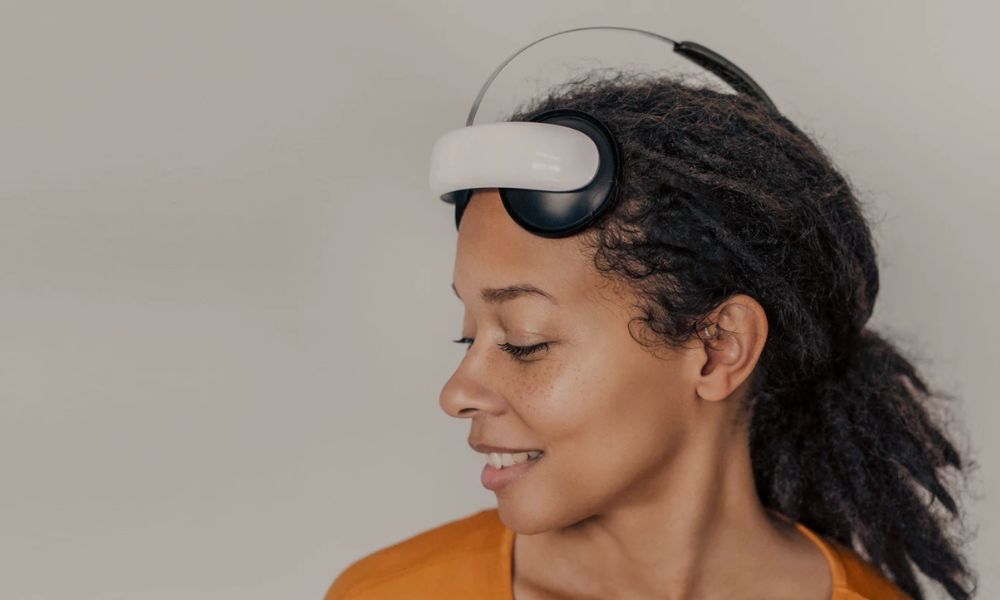Depression remains one of the most widespread mental health challenges worldwide. Traditional treatments like medication and therapy don’t always work for everyone, which has led scientists and doctors to explore innovative alternatives. One such breakthrough is the development of a brain stimulation wearable, a non-invasive device designed to enhance brain function and alleviate symptoms of depression.

Recently, an NHS pilot trial has put this technology to the test, focusing on the potential of Flow depression headsets. These wearables use gentle electrical stimulation to target specific areas of the brain associated with mood regulation. Early results from the Flow Neuroscience depression study reveal promising outcomes, sparking hope that wearables could soon play a significant role in mental health care.
How Brain Stimulation Wearables Work
At the core of these devices is a technique called transcranial direct current stimulation (tDCS). This involves delivering low-level electrical currents through the scalp to stimulate brain regions linked with mood and emotional regulation. Unlike more invasive treatments, the brain stimulation wearable offers a user-friendly experience, allowing patients to use it from home under medical supervision.
The headset is designed to be comfortable and easy to wear during daily activities, making it a convenient alternative to frequent clinic visits. Users typically undergo a series of 20-30 minute sessions over several weeks, during which the device delivers carefully calibrated electrical pulses. This stimulation encourages neural plasticity, the brain’s ability to adapt and heal, which can help alleviate depression symptoms.
Early Results from the NHS Brain Stimulation Trial
The brain stimulation NHS trial has focused on patients with moderate to severe depression who have struggled with traditional treatments. Participants reported noticeable improvements in mood and overall well-being after using the headset consistently. In many cases, users experienced a reduction in symptoms comparable to, or better than, standard antidepressant medications but without the typical side effects.
This NHS trial is part of a growing body of research aimed at validating the effectiveness of depression treatment headsets. The pilot study highlights not only the potential clinical benefits but also the importance of accessibility. Since the device can be used at home, it addresses common barriers to mental health care, such as transportation issues or the stigma of visiting a clinic.
The Future of Wearable Tech in Mental Health
As the findings from the Flow Neuroscience depression study continue to emerge, experts are optimistic about the broader application of brain stimulation wearables. They could soon complement existing treatments or serve as a standalone option for patients who don’t respond well to medication or therapy.
The potential impact goes beyond depression. Researchers are exploring how these devices might help other mental health conditions, such as anxiety, PTSD, and even cognitive decline. With ongoing improvements in technology, future models of the brain stimulation wearable could become even more effective, user-friendly, and affordable.
What Patients Should Know
While the early results are exciting, it’s important to remember that brain stimulation wearables are not a cure-all. They work best as part of a comprehensive treatment plan, including psychological support and lifestyle changes. Anyone interested in trying these devices should consult healthcare professionals to ensure safe and effective use.
The NHS trial’s success marks a significant step forward in making innovative mental health solutions more widely available. As more data becomes available, healthcare systems worldwide may begin integrating these devices into their standard depression treatment protocols.


No Comments